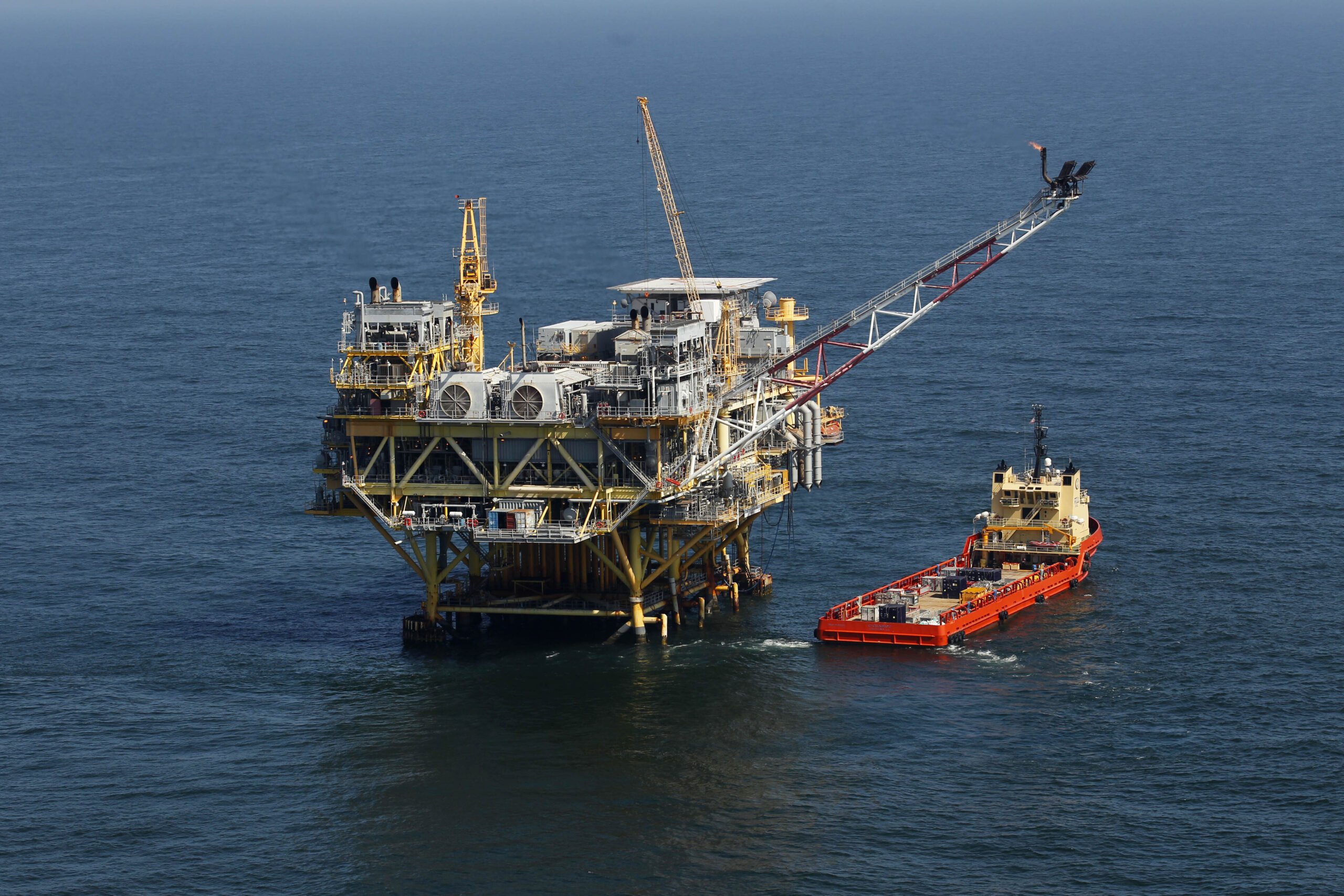
HARLINGEN — The rapid decline in the number of gulf oil rigs — about half have been decommissioned since the 1980s — has led some environmentalists to demand the obsolete structures be removed to restore the natural balance.
But researchers say the steel structures may have earned a valuable place in the ecosystem, and the best thing to do may be to leave them in place.
The National Sea Grant College Program and the Bureau of Safety and Environmental Enforcement have awarded over $795,000 to Texas Sea Grant and a team of researchers from Texas A&M University and LGL Ecological Research Service.
These scientists will study how to develop a decision-support tool to model the ecological and economic effects of removing oil rigs in the gulf, and the impact of their removal on recreational fish populations.
“The motivating factor behind this project is that there has been a rapid and rather drastic decline in the number of oil and gas rigs in the Gulf of Mexico,” said Richard Woodward, a professor at Texas A&M University and co-principal investigator on the project.
The Texas Parks and Wildlife Department has a program called the Texas Artificial Reef Plan, created in 1990, which removes decommissioned oil rigs, leaves them in place, or cuts off the top third of the structure and leaves the rest intact as artificial reefs.
“While most of us might think of (removing oil rigs) as a good thing for the environment, it turns out that the oil and gas rigs are playing an interesting part in the ecology of the Gulf of Mexico,” Woodward said. “They are providing habitat for fish, particularly reef species, and they provide places where recreational fishermen can find fish.”
Those species, TPWD officials say, include red snapper, cobia and greater amberjack, all prized as game fish.
The study will consider the link between the structures and abundance of recreational fish populations and the economic value associated with recreational fishing in these areas.
In addition to historical data on fisheries in the gulf, much will depend on recreational anglers and will utilize a smartphone app that monitors anglers’ location and identifies the species of fish caught.
“We’ll have really interesting data on recreational fishermen, where they are going and how long they are fishing, which will help us understand the importance of these rigs,” Woodward said. “If all the fishermen always go to a certain rig, that tells us a lot.”



